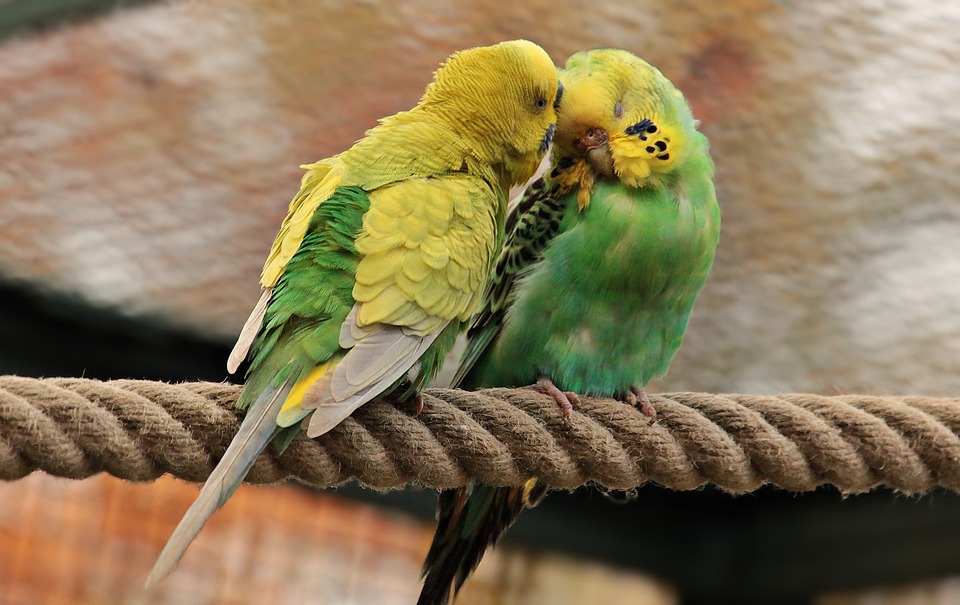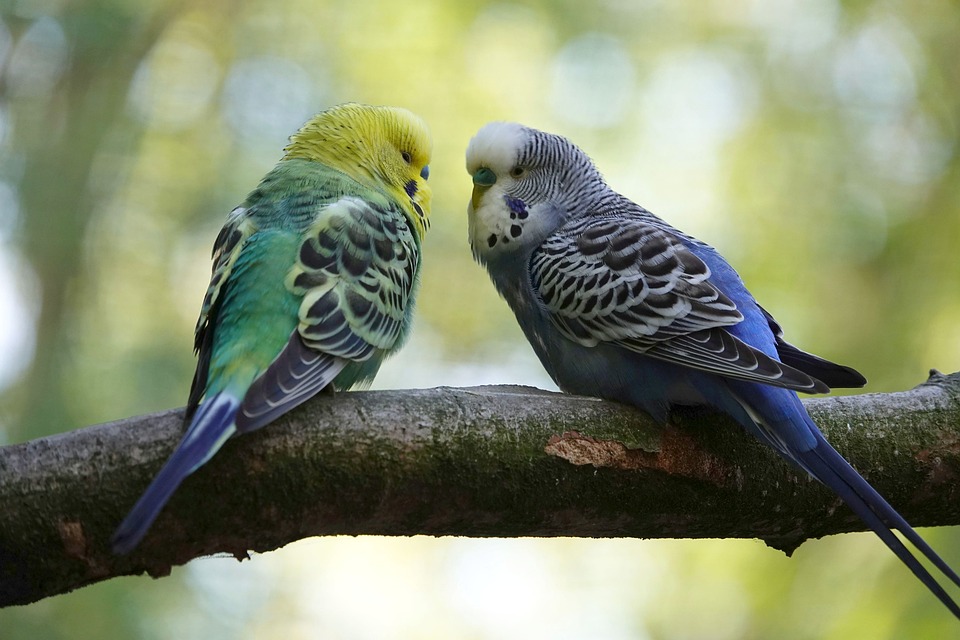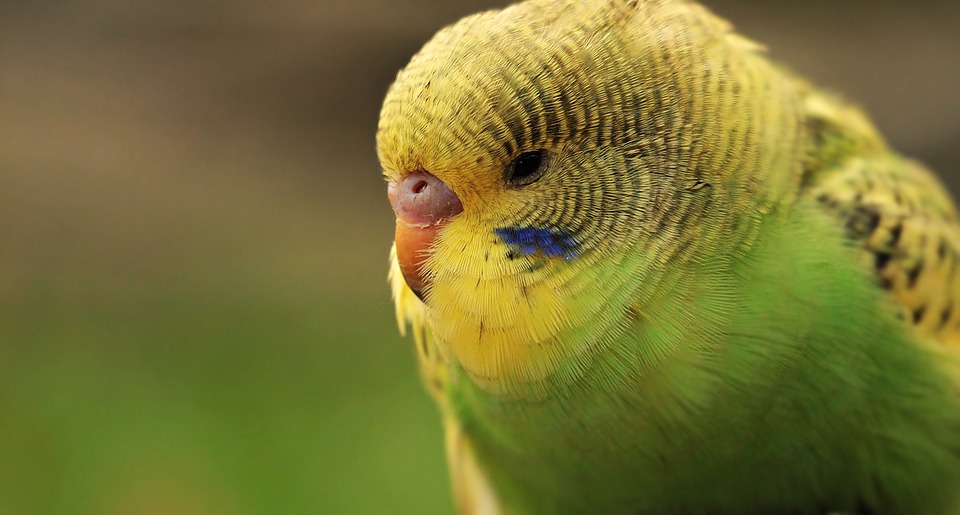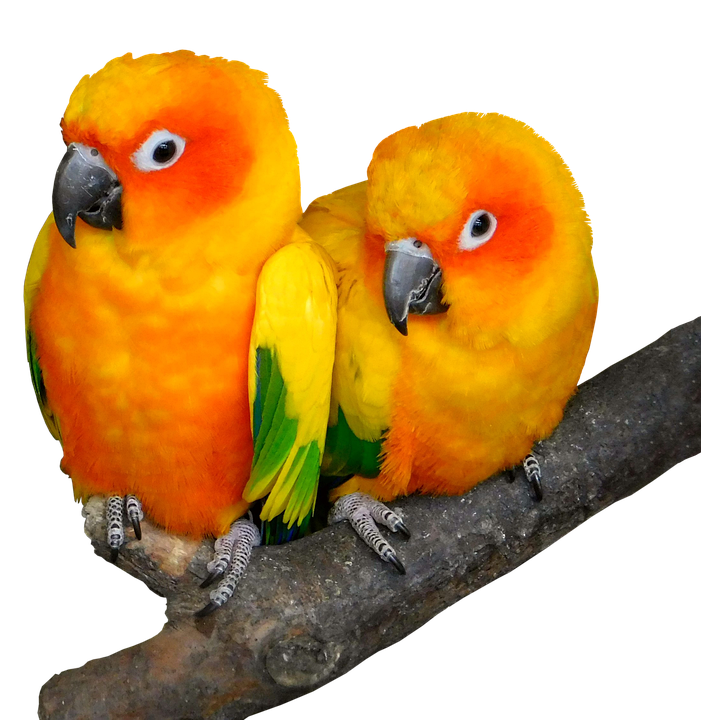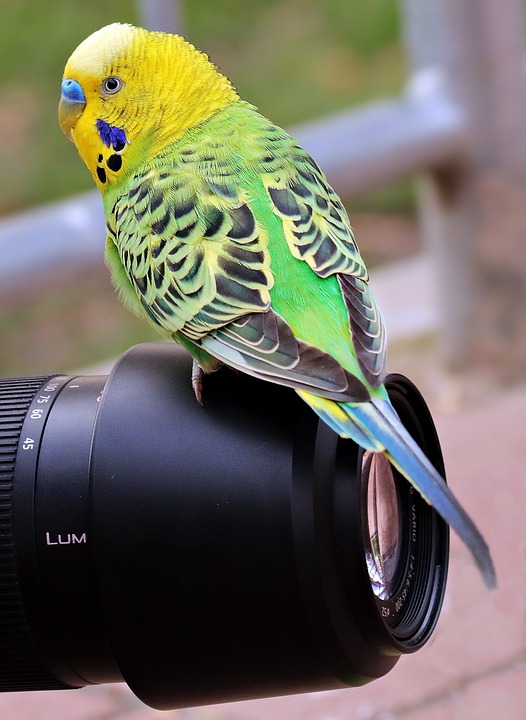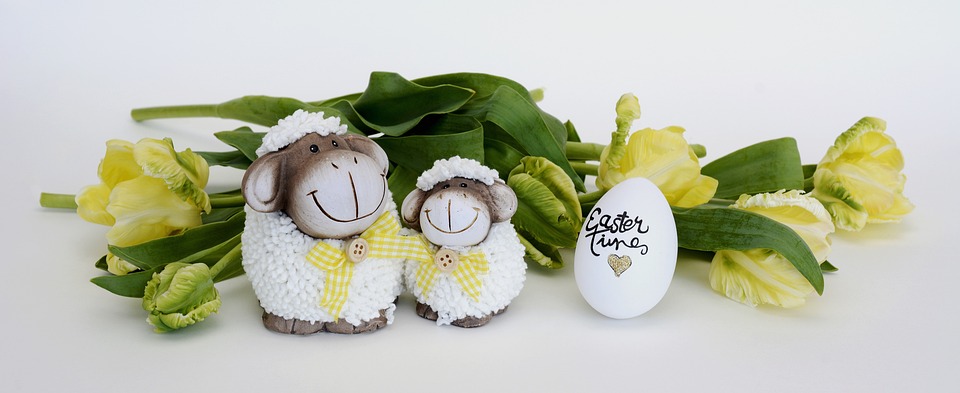Parrots, like any other animals, can experience fear and anxiety. It is not uncommon for parrots to be fearful of certain situations, objects, or people. However, with the right approach and positive reinforcement training techniques, you can help your parrot overcome these fears and build confidence. In this article, we will explore how to use positive reinforcement to help your fearful parrot feel more secure and comfortable in its surroundings.
Understanding Fear in Parrots
Before we delve into the training techniques, it is crucial to understand the root causes of fear in parrots. Fear can stem from various factors, such as past traumatic experiences, lack of socialization, or even genetic predispositions. Identifying the specific triggers of fear in your parrot will help you tailor your training approach accordingly.
1. Start with a Safe and Comfortable Environment
To begin the training process, create a safe and comfortable environment for your parrot. Ensure that its cage is spacious, well-equipped with toys, and placed in a quiet area of your home. Parrots thrive in environments that mimic their natural habitats, so include perches, swings, and climbing structures to encourage physical activity and mental stimulation.
2. Establish Trust and Bonding Through Daily Interactions
Building trust is essential when working with a fearful parrot. Spend quality time with your parrot every day, engaging in gentle interactions and positive experiences. Speak to your parrot in a calm and soothing voice, offering treats, and gradually introducing physical touch if your parrot is open to it. Consistency and patience are key, as trust takes time to develop.
3. Gradual Exposure to Fearful Stimuli
Once your parrot feels comfortable in its environment and trusts you, you can begin desensitizing it to the fearful stimuli. Identify the triggers that cause fear in your parrot, such as loud noises, specific objects, or certain individuals. Start by exposing your parrot to these stimuli from a distance, ensuring that it remains calm and relaxed. Gradually decrease the distance between your parrot and the trigger as its confidence grows.
4. Utilize Positive Reinforcement Techniques
Positive reinforcement is a powerful tool when it comes to building confidence in fearful parrots. Whenever your parrot exhibits bravery or shows signs of reduced fear, reward it immediately with praise, treats, or a favorite toy. By associating positive experiences with overcoming fear, your parrot will learn that bravery leads to rewards, reinforcing its confidence and diminishing its fear.
5. Seek Professional Help if Needed
If your parrot’s fear and anxiety persist despite your best efforts, do not hesitate to seek assistance from a professional avian behaviorist or veterinarian specializing in parrots. They can provide tailored guidance and develop a comprehensive training plan based on your parrot’s unique needs.
FAQs (Frequently Asked Questions)
Q: How long does it take to build confidence in a fearful parrot?
A: The duration of the training process varies depending on the individual parrot’s temperament, past experiences, and the specific fears it faces. It can take weeks, months, or even longer to see significant improvements. Patience and consistency are vital for success.
Q: Can a fearful parrot ever fully overcome its fears?
A: While some parrots may overcome their fears entirely, others may only learn to cope with them better. Each parrot is unique, and the extent to which they can overcome their fears may vary. The goal is to help them feel more secure and confident in their environment, even if some fears persist.
Q: Is it possible to make a fearful parrot more sociable with other people or animals?
A: With proper training and socialization efforts, it is possible to make a fearful parrot more sociable. Gradual exposure to new individuals or animals, accompanied by positive reinforcement, can help your parrot build trust and feel more comfortable around others.
Q: Are there any risks involved in training a fearful parrot?
A: When working with a fearful parrot, it is crucial to prioritize safety for both you and your bird. Always approach training sessions with caution, ensuring that you do not overwhelm or force your parrot into uncomfortable situations. If your parrot shows signs of extreme distress or aggression, consult a professional for guidance.
Remember, building confidence in a fearful parrot requires time, patience, and a positive reinforcement-based approach. With consistent training and a supportive environment, you can help your parrot conquer its fears and lead a happier, more fulfilling life.


